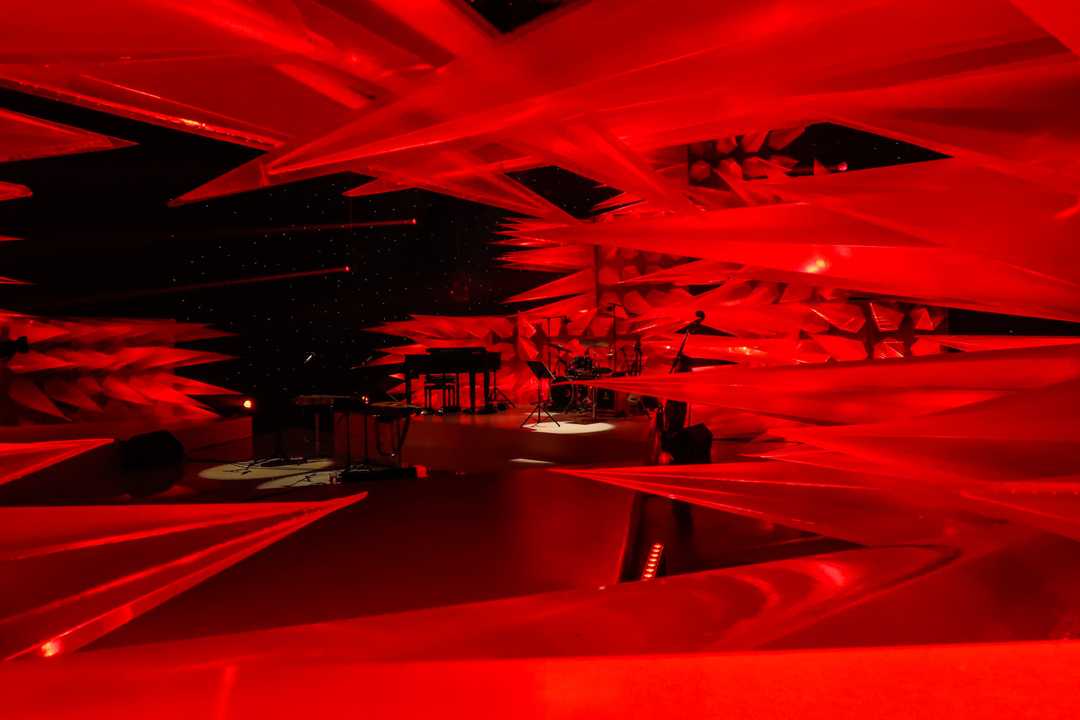ChamSys enables ‘mesmerizing’ RTV design
- Details

“In TV shows lighting has to walk hand in hand with set design,” he said. “There must be tight collaboration between the lighting and set designers for the total design to reach the level of perfection that the camera demands.”
Birsa and his frequent collaborator set designer Greta Godnic achieved this level, and then some, for a NYE special run by Slovenian National Television (RTV) in its famed Studio 1. Powering his five universe show with a ChamSys MagicQ MQ80, he wove light from 101 fixtures (not counting key lights) so tightly around the set’s myriad crystalline structures that they fused into a single spectacular vista that mesmerized from every camera angle.
“On TV projects I usually work with Greta,” he said. “We make most of the things together. There is my input on her set designs, and there is her input on my lighting designs, so we can’t really say who did what. When building the set design, we are already thinking where to put the lights and where to leave space.
“In this project, the geometric structures represented ice spikes or crystals, and were made from semi-transparent plastic material," continued Birsa. The crystals were meant to be lit with the lights. Because they were semi-transparent, the light beams went through them to become part of the structure itself.”
Precise timing of colours was critically important in making the collaborative design achieve its intended effect. Birsa credits his MagicQ MQ80 with helping him to obtain this level of control. “As I have done a lot of jobs with RTV, importing palettes was really important,” he said. “The speed of my desk was critical to this timing. It gave me a fast way to bring my show file to the starting point.
“The Cue Stack macros of the MQ80, which make it possible for one cue to control (activate, release or manipulate) many other cues or playbacks, were also very important for programming the show,” said Birsa. “They helped me start all the right cues on time. Something else that was really valuable about my ChamSys in this show was being able to replace a palette in a cue or a whole cue stack.”
Another challenging aspect of lighting this television show was that the set had to be treated like a 360ﹾ stage. “We had to cover all angles for the camera,” said Birsa. “At the same time, we had to make sure that the key lights did not bleed onto the set and detract from our colours. The RTV technicians who ran the key lights did a great job avoiding the set in such a small place. Also, by allowing me to transfer my ideas to reality very quickly, my desk helped me manage this tricky situation.”
Everything in his complex project was pre-programmed on his MagicQ MQ80, notes Birsa. This helped ensure that there were “no special surprises” in his show.


















